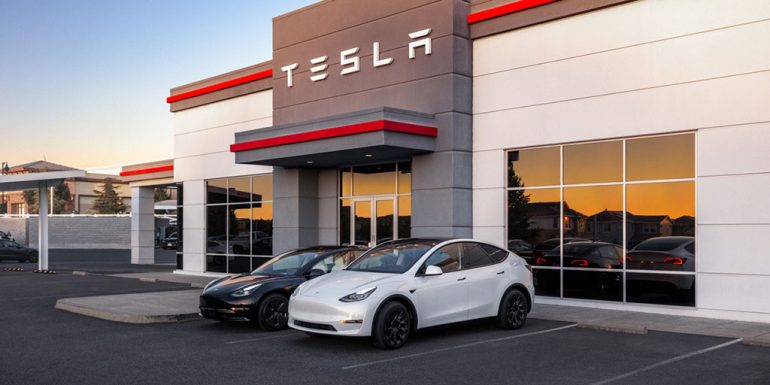
The Kelley Blue Book’s latest report reveals a significant development in the world of electric vehicles (EVs) in the United States. Over the past year, the average price of new electric vehicles has experienced a remarkable drop of nearly $15,000, marking a substantial shift in the affordability of these environmentally friendly cars. In September, the average transaction price (ATP) of a new EV decreased by over 22 percent compared to the same month the previous year, landing at an average of $50,683.
One of the primary catalysts behind this reduction in new EV prices is Tesla, a prominent player in the electric vehicle market. Tesla adopted an aggressive pricing strategy, which included multiple cuts to the Manufacturer’s Suggested Retail Price (MSRP) over the past year. Tesla’s lineup of EVs significantly influences the landscape of electric vehicles in the United States, further driving the price reduction trend.
Also, don’t forget that you can get discounted new car pricing with a free quote through qualified local dealer partners.
Last year, the average ATP for a new EV stood at $65,295, while in the latest report, it had dropped to $50,683. The affordability of these electric vehicles was further bolstered by incentives, representing 9.8 percent of the final price, with an average value of $4,991. Comparing the data to August, EVs have become even more affordable, with a decrease of $1,529 on average.
In parallel to the reduction in prices, the availability of electric vehicles, as measured by days’ supply, has remained significantly higher than the industry average. In October, electric vehicles had a 97-day supply, compared to internal combustion engine (ICE) vehicles, which had a supply of 52 to 58 days over the past year. This surplus in EV availability can be attributed to the expansion of electric vehicle models and the increase in production capabilities, resulting in a more diverse and accessible selection.
Stephanie Valdez-Streaty, director of Industry Insights at Cox Automotive, noted that the growth of EV sales in the US is partly due to this strong supply and the widening range of choices available to consumers. She stated, “At last check, we had 15 new EV models for sale that were not available a year earlier. Better choices and more options are helping push prices lower and drive higher sales.”
When looking at the overall automotive landscape, the average transaction price for a new car in the US has seen a slight decrease of 0.7 percent compared to the previous year, reaching $47,899. Tesla, identified as the luxury market leader by KBB, led the way with a 24.7 percent reduction in the ATP of its EVs over the past year. For instance, the price of the Tesla Model 3 dropped by more than 26 percent to $41,484.
Conversely, brands like Audi and Porsche raised the prices of their models by an average of over 8 percent in the last 12 months, while Mercedes-Benz saw an increase of more than 10 percent in ATPs. Non-luxury vehicle prices also experienced a rise, reaching an average of $44,626, reflecting a 1 percent increase compared to September 2022. These fluctuations in price trends highlight the dynamic nature of the EV market, with certain brands making strides in affordability, while others see price increases.
Source: Kelly Blue Book